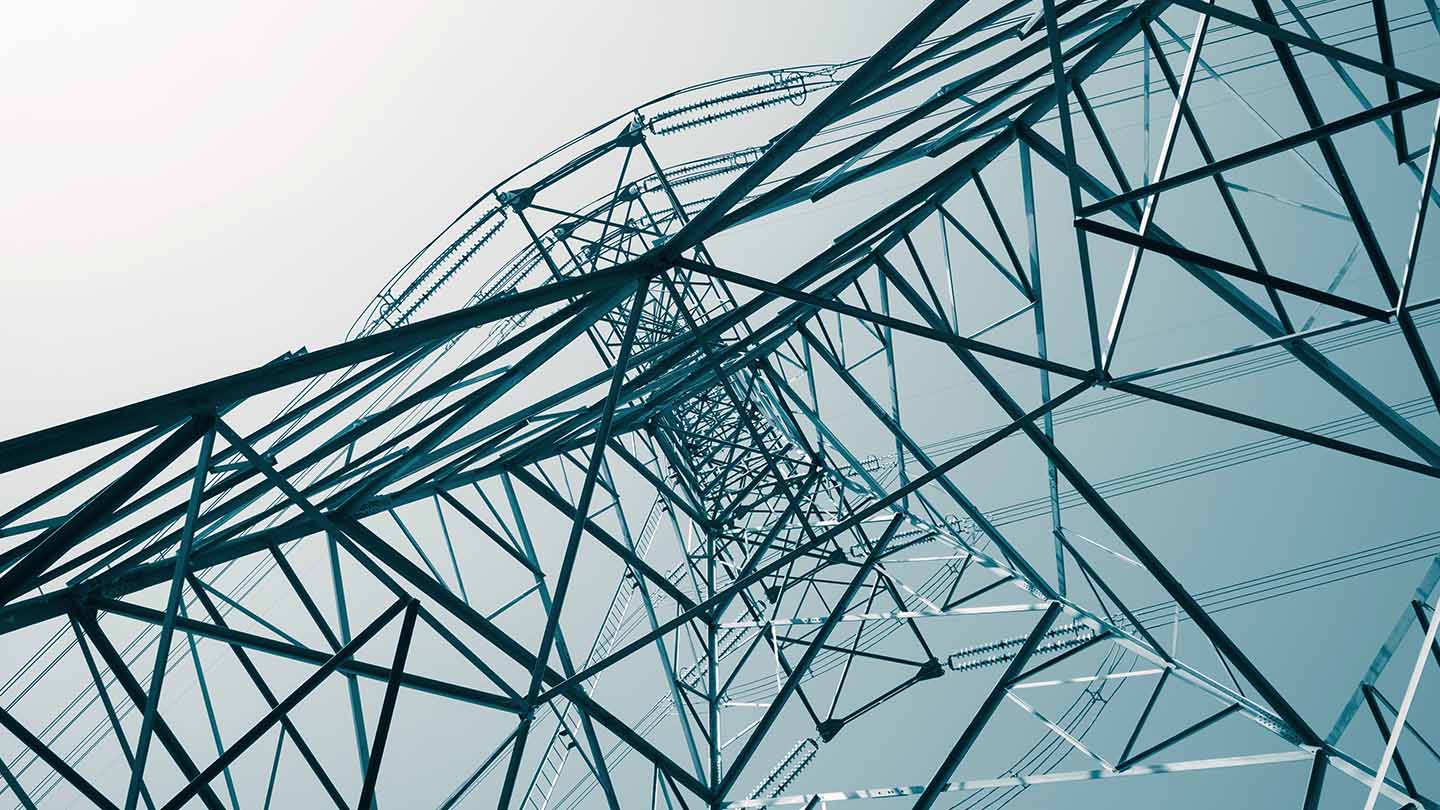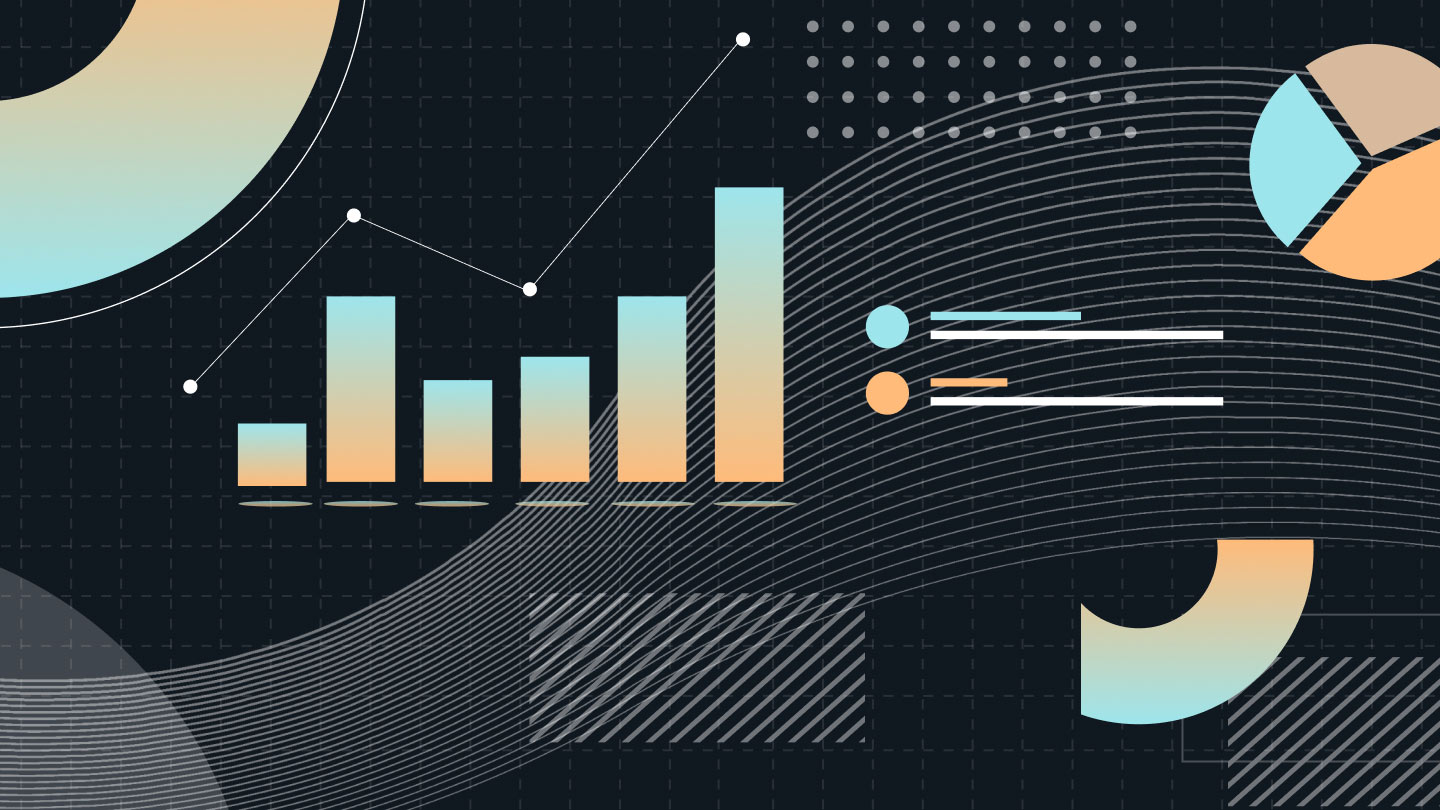Commercial Banking
Explore news, trends and content from across Commercial Banking, with insights for companies across industries, including healthcare, life sciences, commercial real estate and more.
For Companies and Institutions
Key Links
For Individuals
Explore a variety of insights.
Key Links
Insights by Topic
Explore a variety of insights organized by different topics.
Key Links
Insights by Type
Explore a variety of insights organized by different types of content and media.
Key Links
We aim to be the most respected financial services firm in the world, serving corporations and individuals in more than 100 countries.
Key Links
Explore news, trends and content from across Commercial Banking, with insights for companies across industries, including healthcare, life sciences, commercial real estate and more.
All topics
No results found
Adjust your filter selections to find what you’re looking for

Banking
Understanding working capital loans
Dec 11, 2025
Learn how working capital loans provide financial flexibility to cover short-term gaps—even for businesses with strong cash reserves.

Banking
How net payment terms affect working capital
Dec 10, 2025
Learn how net payment terms affect cash flow, plus strategies to capture early payment discounts and strengthen vendor relationships.

Banking
Future Finance Leaders 2025: Five themes shaping the next era of finance and treasury
Dec 05, 2025
Insights from J.P. Morgan’s inaugural Future Finance Leaders Seminar in Mexico City

Banking
Top trends from the 2025 Healthcare Advisory Council
Dec 04, 2025
Leaders gathered at J.P. Morgan's 13th annual Healthcare Advisory Council to explore AI implementation, consumer-centric transformation, regulatory uncertainty and more.

Banking
Grid modernization: Navigating the energy transition
Dec 03, 2025
Explore how the need for grid modernization is creating business opportunities, as infrastructure challenges reshape the energy landscape.

Banking
The CFO View: Asia Pacific Outlook 2026
Nov 26, 2025
CFOs and treasurers in APAC share their views on the economy and business priorities for 2026 in a new J.P. Morgan survey.

Banking
Powering Romania’s nuclear energy ambitions
Nov 24, 2025
J.P. Morgan recently led the banking syndicate that funded agreements for two strategic energy deals in Romania.

Banking
Debt-to-EBITDA ratio: What it means for borrowing capacity
Nov 17, 2025
The debt-to-EBITDA ratio helps assess your business’s ability to support new debt. Discover how to determine your company’s ideal ratio.
You're now leaving J.P. Morgan
J.P. Morgan’s website and/or mobile terms, privacy and security policies don’t apply to the site or app you're about to visit. Please review its terms, privacy and security policies to see how they apply to you. J.P. Morgan isn’t responsible for (and doesn’t provide) any products, services or content at this third-party site or app, except for products and services that explicitly carry the J.P. Morgan name.